Fifteen years after its original release, The Crystal World returns as a definitive reissue, rekindling a pivotal moment in the sonic legacy of the post-metal band Locrian. The album captured the experimental trio at a crucial moment as André Foisy and Terence Hannum expanded from their original duo to a trio with the addition of percussionist Steven Hess. An impromptu invitation for Hess to play on a track or two turned into a full-band reconfiguration that redefined Locrian's immersive sound.
Originally issued via Utech Records, The Crystal World draws its conceptual undercurrent from J.G. Ballard's 1966 novel, in which a leprologist discovers a jungle consumed by a crystalline force, slowly turning all matter into shimmering stillness. The same ideas of suspended time, entropy, and the sublime beauty of ruin resonate throughout the album's layered drones and decaying sonic textures. The album introduced many to Locrain and a sound that resisted genre classification while reverberating with emotional weight.
The collaboration extended beyond the core trio. Erica Burgner-Hannum lent haunting vocals to several tracks, while string arrangements from André's family added emotive color to pieces like "Elevations and Depths." Visually, the album became one of Locrian's most recognized releases thanks to the late Justin Bartlett's intricate artwork, which perfectly captured both the band's sonic drama and Ballard's literary vision through detailed illustrations of the crystallization process.
When The Crystal World first appeared, it signalled a musical crossroads in which abstraction was explored through narrative structure, not just for Locrian but for the broader experimental music scene. Reissued with intention and care, this recording returns as a timeless, vital artifact that continues to refract new light with each listen.
Terence Hannum was host Lawrence Peryer’s guest on a recent episode of the Spotlight On podcast. In the resulting interview, the two discussed the creation of The Crystal World, the band’s evolution from an improvisational duo to a structured trio, the challenges of being a touring band, and how this seminal work sounds through contemporary ears.
Listen to the entire conversation in the Spotlight On player below. The transcript has been edited for clarity, length, and flow.
Lawrence Peryer: I wonder if you could give me any insight into how your different artistic pursuits and practices—your visual art and your music—inform each other, and is there any interplay that you are consciously aware of?
Terence Hannum: I'd say that music has maybe made me a little more okay with experimentation in my visual practice. I used to make a lot of art about music, and I used to make a lot of art with music, with cassette tapes. After I felt I had exhausted that idea, I just wanted no music involved in my visual art and for it to be solely about the things I wanted to create. And it has evolved in a rather bizarre way into 3D-printed sculptures and paintings created by 3D printers.
Lawrence: It's interesting that you talk about that bifurcation of your different practices. Did you feel initially that music was your primary outlet, and you felt like music had to be part of your art? What made them split?
Terence: Maybe I was legitimizing the art through the music, because music was what I was known for. I hold a master’s degree in fine art, and it was during my time at school that I met André and started Locrian. However, over 20 years ago, it was mainly paintings of hardcore bands, often created from videos and similar materials. And then I started doing collaborations with artists like Sunn O))) and Prurient, creating paintings of them, videos, and other similar projects. And again, I've always been somewhat restless with the material, whether painting, videos, or sculpture. It's just the ideas that are important.
As I got older, I realized I needed some distance. Plus—I'm not trying to be pessimistic, but music can be such an unenjoyable place with the politics or the popularity contest or whatever. I just don't wanna think about that. I want to focus on the new idea.
And I felt content when my work started focusing on poisonous and psychoactive plants, and similar to some Locrian things, like the death of humanity or extinction. I just felt like a whole new vein was opened up for what I wanted to do. And I like separating things, and my headspace for making sculptures, installations, and paintings is very different from working with André and Steven, or with my wife, or in my musical projects.
Lawrence: Is it overly reductive to say that one of those paths is much more solitary, or your singular vision, and the other is more of a collaborative form?
Terence: Oh, no, I don't think so at all. I have many friends who are part of artist collectives, collaborative duos, or whatever, and I think that's admirable. But yeah, that space of being alone—you know, for me it's like being alone in your basement. That's where my studio is, in my basement. It's very singular. It's like you're by yourself, kind of lost in your thoughts, and maybe you’re listening to music while you work.
It's just so much work to make music, especially in Locrian. We all live in different cities, so it's a total logistical nightmare with everybody's schedules and money, and all that stuff. So it's like, sometimes it's just nice to retreat and just be like, I don't gotta deal with any of this. I will not answer any texts from 10:00 PM on. I'm just painting and putting these sculptures together. I mean, it's even different than making music solo, you know?
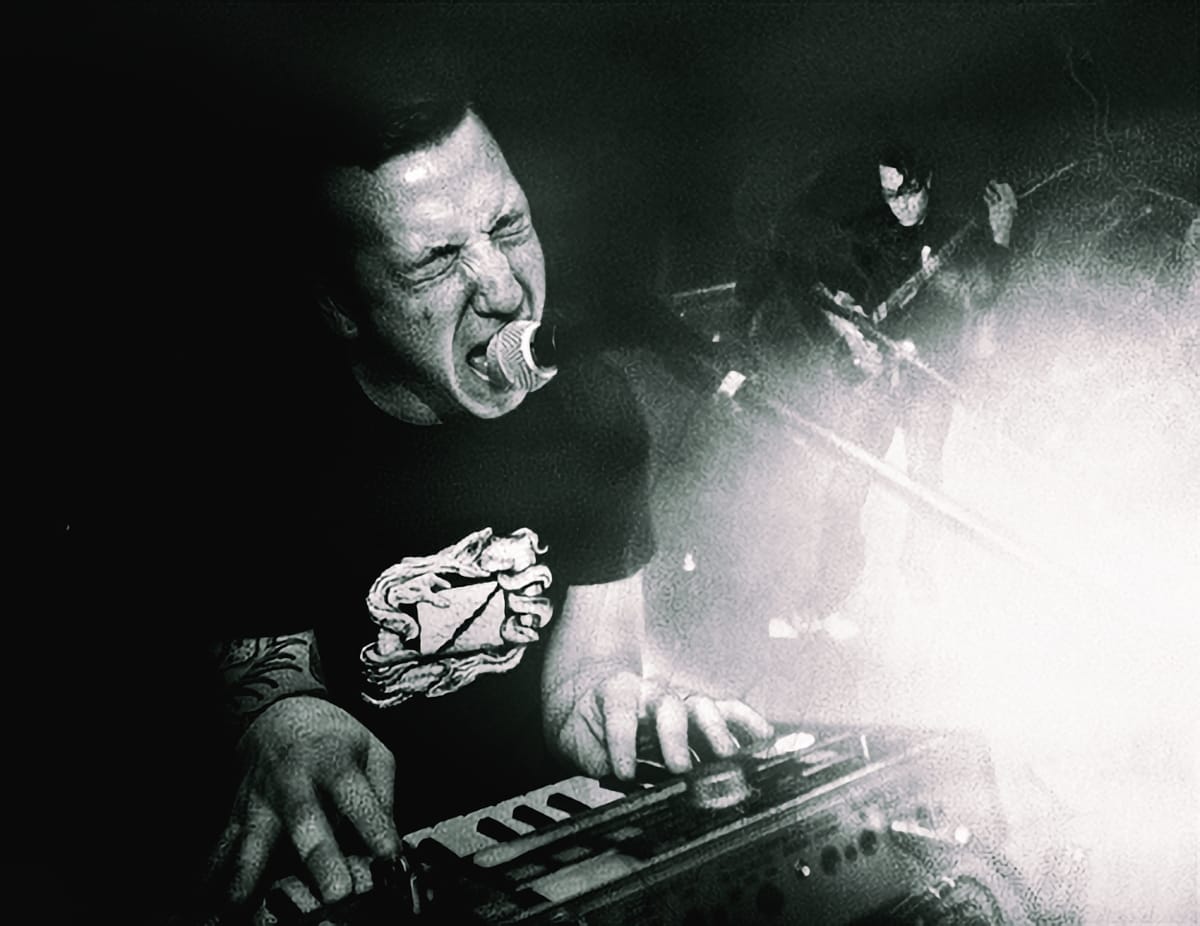
Lawrence: Something that I lost track of personally over the years, although I always had kind of half an eye and ear on it, was the more experimental side of heavy music. I'm curious about how you became interested in tapping this more experimental vein.
Terence: I'm the worst person to ask who's a good new metal band. I feel like I'm the kiss of death because if I like them and they're doing the weirdest, most interesting stuff, of course, they're not going to do very well. (laughter) Heavy metal is a very conservative genre that rewards repetition and playing it safe, to be quite frank. I was just at Deathfest, and I love heavy metal. But it rewards nostalgia. It rewards the kind of people who play it safe and do the same thing over and over again. And then, occasionally, a band gets to come out and change the formula a little bit.
But I don't feel that that's how it was. I think before the 2000s, metal was really weird, and you would find bands that were pushing something. Even when death metal started, it's like, well, none of these bands sound the same. Obituary doesn't sound like Morbid Angel, doesn't sound like Death. What are we even talking about? This one's slow, that one's fast. It's all over the place.
That makes finding a band on a big scale like Blood Incantation or something like that special. When you see a band that's kind of pushing a boundary or trying a different influence in there, I think that it's rewarding. I like this band, Pissgrave, which I think is wonderful—the vocals are just ridiculous. Whatever vocal effect they're using is just nuts. And I love that about some of these bands. They’re set apart.
At that time, you had these bands like Black Dice and Lightning Bolt and Wolf Eyes, and I was like, “This is punk." It just felt exciting. It was songy and then improvised, and I just kind of dove in. And that was the foundation where Locrian started. It kind of came together seeing duos, like Yellow Swans or Mouthus, or Lightning Bolt. Like, two people can just make a racket. And it was like, you didn't have to have bass, two guitars, drums, singer, you know, it was like you could do whatever you wanted. And that was it.
Lawrence: Why did you break the duo format to add a drummer?
Terence: That was a tough call when we did that in Locrian. We had worked with a drummer before. Andrew from Velnias had played with us live, and he was on Territories. That kind of eased us into it. And we had a drum machine, which was also kind of making noise. But I really liked Haptic. Steven had been doing a lot of interesting work, including projects with Pan American. He said something to a friend of ours, as a joke, like, “Oh, they'd be better with a drummer." So I went and saw Haptic play at the Contemporary Art Museum. I expected Steven to set up a kit, but he just had a mixer, a tape player, some electronics, and bells. And I was like, “Oh yeah, this guy's in. He gets it."
That was around the time we were recording The Crystal World, and Steven said he’d love to come in and do stuff. And so André and I recorded the title track as a duo. Then Steven came in and did this crazy, really abstract beat, and I think we even did two drum takes that we kept simultaneously, which is ridiculous. And then there were a few songs we wrote together, as well as a few from riffs and ideas. We told Steven, “Just do what you want,” and he would go. We just felt like we were speaking the same language pretty quickly.
Lawrence: When you guys were working on The Crystal World, how much post-production is going on? Are pieces done in real time, or are you stitching things together?
Terence: There was some multi-tracking going on on that record, but "Pathogens" was totally just one and done. I mean, that's what we would do. Like, we’d just show up at a radio station and be like, “All right, what do we got? We’ve got 20 minutes? We can make noise for 20 minutes!" That was essentially how we did it. And then Crystal World started to give us a little more structure. I think around The Clearing is really where we began to write—“Oh, it's gonna go and do this, and go and do that." That was maybe more deliberate.
We started doing way more overdubs: “All right, well, we're gonna do this acoustic guitar. I'm gonna add this electric guitar, then we're gonna add the Moog." It was more of using the studio rather than making everything live and doing it in one take. I think the year before was the first time in the studio, when we did the "Plague Journal" seven-inch for BloodLust!. Jeremy Lemos was the producer on that one, and it was the first time we were ever in the studio together as a band. So, it was very casual when we started Locrian, and then it got more serious, kind of four years in.
Lawrence: And is that just because you kept doing it and it was like, “Okay, apparently this is a thing?"
Terence: Yeah, I mean, it really was. We kept doing it. My biggest goal was that we'd get mentioned in the Aquarius Records weekly. And then that happened, and it was like, “Ah, crap. That goal got accomplished." And it was cool—people from France and Japan were writing to us. The world of weird music was small in some ways at that time. If you were doing something weird in that sphere, you could get noticed. Now, ironically, it's way harder. It's just not as focused. For a newer band to start now. I think it's really challenging, but I think at that time, you had these big advocates who had a lot of respect.
Lawrence: To stay with Crystal World for another minute or two. I'm curious about the J. G. Ballard novel—what's the intersection there?
Terence: I’m a huge Ballard fan, and pretty much at this point, I've read everything. We titled a track "The Crystal World," and then everything just started to come into focus around that theme. So I was just like, "All right, let's do The Crystal World." I've always found it evocative, this idea of crystallization, solidifying what was not solid. Crystallization of things is really weird when you watch it in time-lapse. It's fascinating, you know?
At first, it was like, "That's a cool title, and the book's awesome." While recording the album, we would talk about the book. Then the narrative began to align with the kind of sonic story we were telling.
Ballard has a way of personalizing something grandiose and hard to relate to. That's what makes Ballard great, and also what makes him challenging and people think he’s not science fiction. I think a lot of science fiction—and I say this as a huge fan—it just gets so lost in how the supercomputer works. Ballard gets it. Here are these characters, and they're going through all this stuff. And then the world's getting really weird around them. That's what makes it awesome.
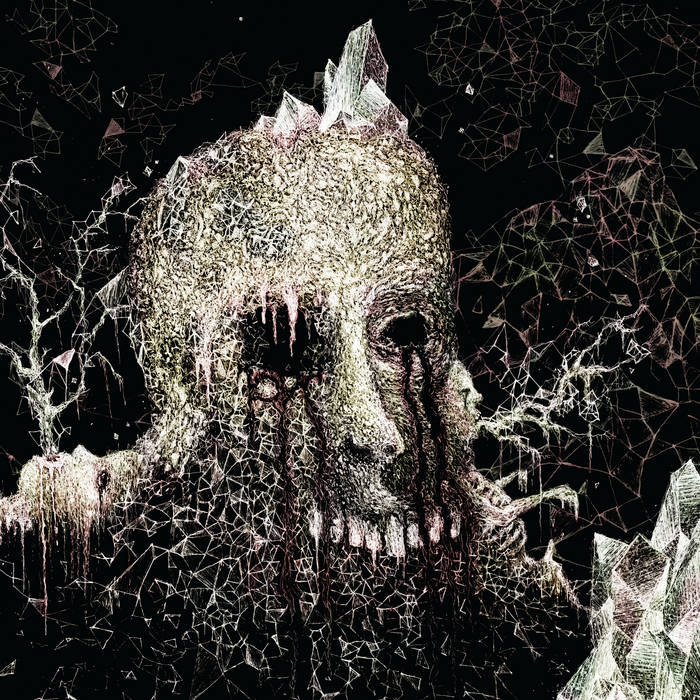
Lawrence: Tell me about the cover art for The Crystal World.
Terence: Another goal was we wanted to work with Justin Bartlett. We thought, "That’ll never happen." But then Justin—rest in peace, Justin Bartlett—he messaged me because he saw I was an artist. And that's when we got to know each other. I was a little bit apprehensive, to be honest, because I usually don’t use illustrators. So, Trevor Paglen, Chris Dorland, Scott Treleaven, Elijah Burgher—these are the artists I know. I know their work, and they're weird. For example, David Altmejd did the cover of Infinite Dissolution. I reach out to galleries and get licensing, and deal with all that stuff. So the first illustrator I've worked with was Justin, and maybe the last one.
He was awesome. He just wrote me and was like, "I have all these ideas." He would just start sending me these crazy sketches and I thought, "This is gonna be fricking weird." And I loved it. I liked everything he sent. He took what we were telling him and made this weird skull, deer, crystallization, eyeballs … it’s great. Then I did this stuff with the color, so all the lines look yellow, purple, green, and all these weird highlighted colors. I mean, he did a great job and I miss him.
I got to meet him one time. We went to Deathfest together to see Samael and Mayhem. It was awesome just hanging out with him that day. Before he passed away, I mean, before his cancer got so bad, we were talking about doing some more work together. It just got to a point where he couldn't—I don't know, his health was really bad with cancer, and it was pretty sad.
Lawrence: I think that's a pretty esteemed work of his.
Terence: It's been crazy how many people have reproduced it with prints and t-shirts and all that stuff. It’s just like, wow.
Lawrence: I want to ask you about your experience of revisiting The Crystal World and anything you have to say about that. How does the music strike you now?
Terence: Well, we had Brad Boatright remaster it. Some people complained about the original vinyl pressing of The Crystal World, and in my head, I was always like, "Oh, we gotta repress this thing one day." That's probably the proudest part of redoing it was that we got it remastered. And now hearing it mastered the way it is, I'm like, "Man, I even know that Steven was doing that." Or I remember doing what I was doing, and I can hear everything now, and I think, "I love it." And even newer fans of it, who didn't hear the album when it first came out—the vinyl’s sold out, and it's been cool to hear of people who discover the album say nice things. I'm really proud of it.
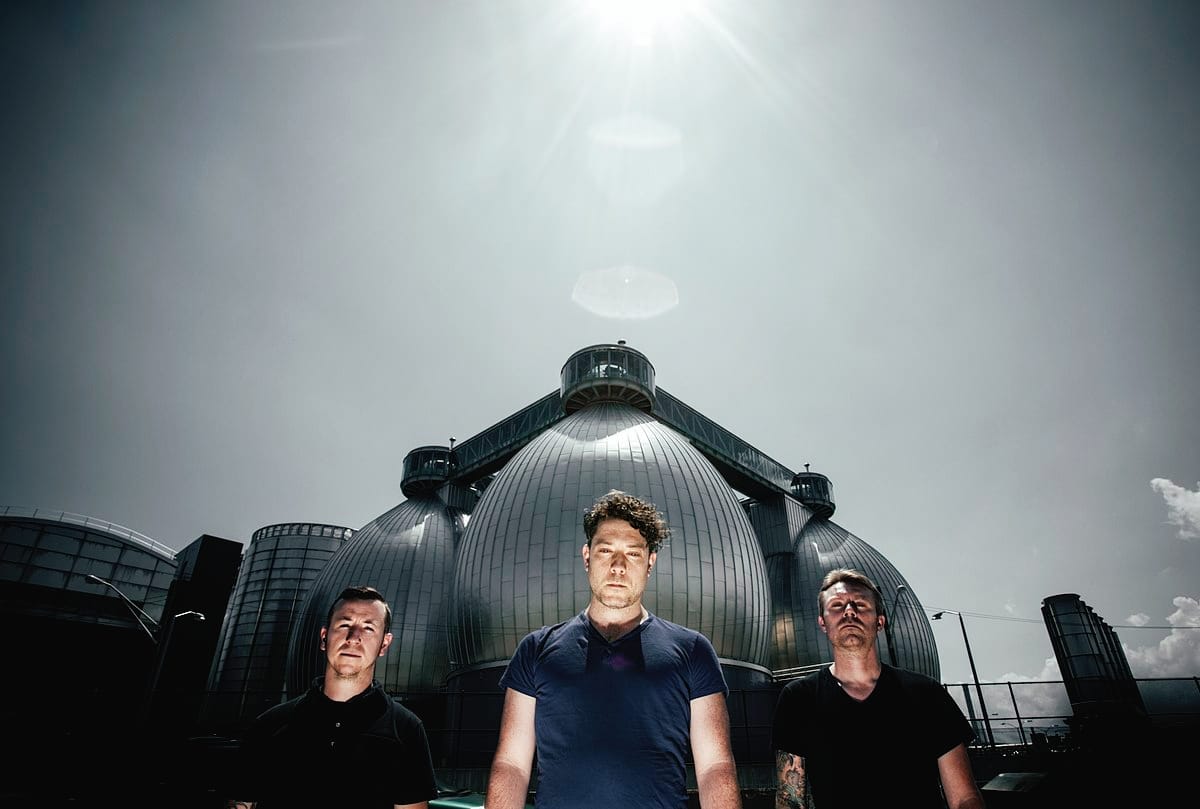
Lawrence: I look forward to hearing what comes next when you guys can get back together and—
Terence: We're trying. There's a handful of riffs we're sharing, and then I think Andre's coming here in a few weeks and we're gonna try to write some stuff to send over to Steven, and I'll see Steven in a month, so we're trying.
Lawrence: The gears are turning.
Terence: I think it's good because we did End Terrain and went on tour, and I was like, "I'm good. I don't wanna tour ever again." (laughter) I'm perfectly okay. I don't need to do it. But let's make music. Do I want to be in the van or do I want to be in the studio? I'd rather be in the studio. I'm hitting 45. I can close that book, and I can focus on what I want to focus on. Let's work on making new music. That's the thing to do.
Lawrence: Do you think you'll end up back on the road?
Terence: Not in the sense of we're going from town to town. Maybe we’ll fly to one place and play a handful of things for a weekend. Sure. But I'm not road warrioring anymore. I have family, I have kids., I revisited it last summer and thought, "Oh yeah, this is why I don’t like this." And there’s no money, and you still gotta play somewhere on a Monday. I don't care what town you're in. It sucks in New York City and it sucks in Manhattan, Illinois. It is just the worst, you know? So I'm not looking forward to that and how it makes me feel creatively—nope, I'm good.
Lawrence: No, I hear you. You gotta be like the country music act and go out from Thursday to Sunday.
Terence: That is literally the way to do it. Well, you can drop Sunday. (laughter)
Lawrence: You know what, man? Doing the thing that works for you, that's the most metal thing of all.
Terence: Yeah, you keep your sanity and keep it fun. When it's not fun, why are you doing it? What are you doing? If you feel trapped and uncreative, and uninspired, and it's a burden, and you are arguing with promoters and all that—it’s like, "Oh my God, I'd rather have a root canal than go through that again."
So I'm saying there's a chance. (laughter)
Check out more like this:
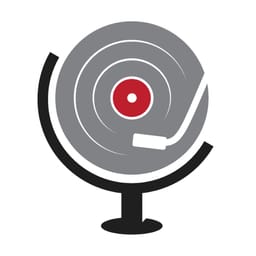 The TonearmLawrence Peryer
The TonearmLawrence Peryer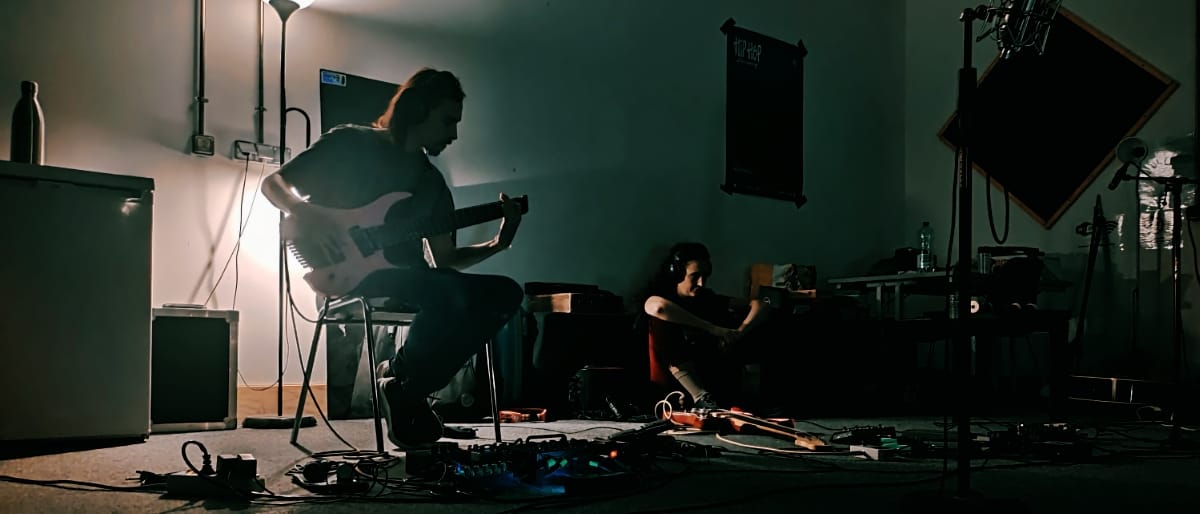
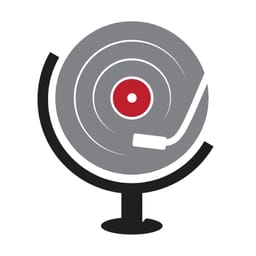 The TonearmMichael Centrone
The TonearmMichael Centrone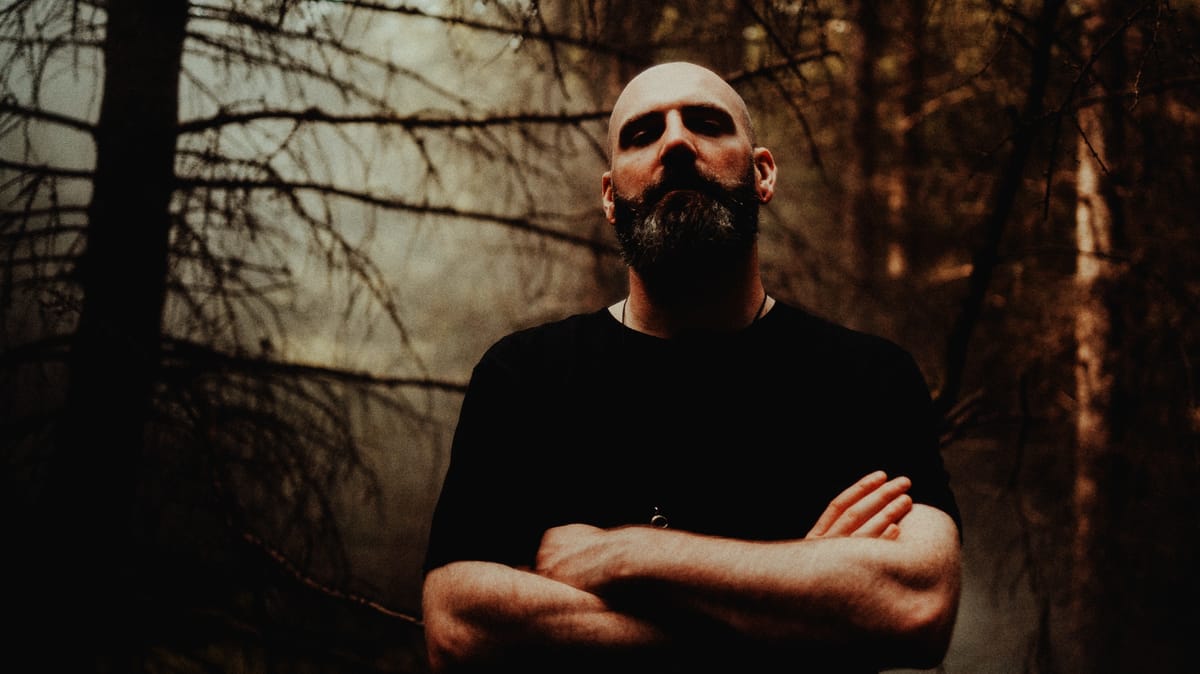


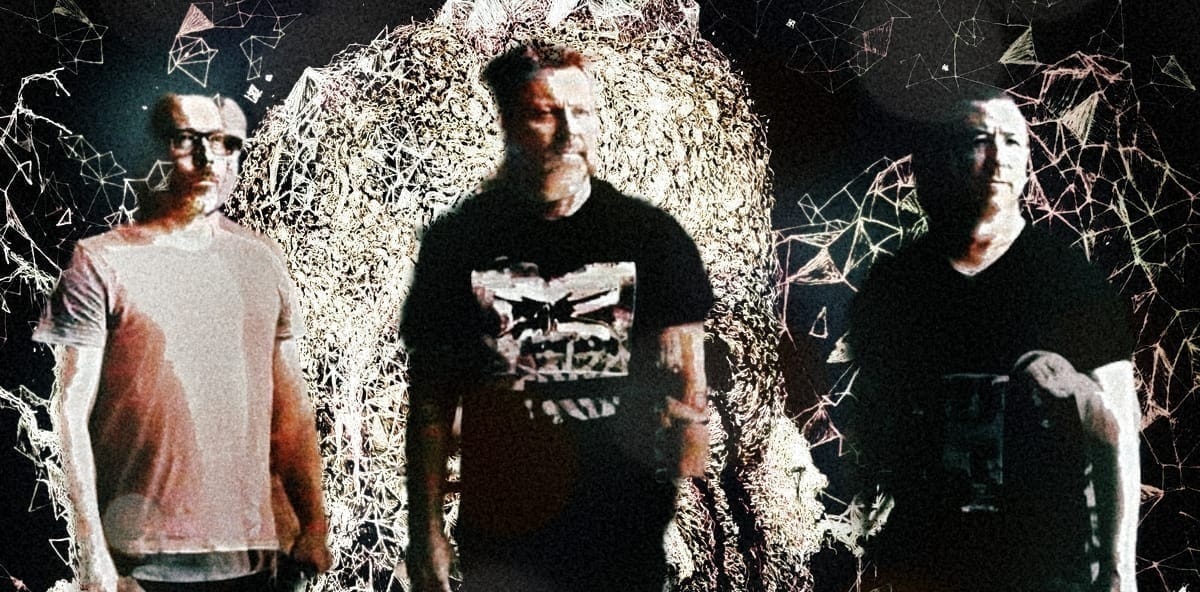
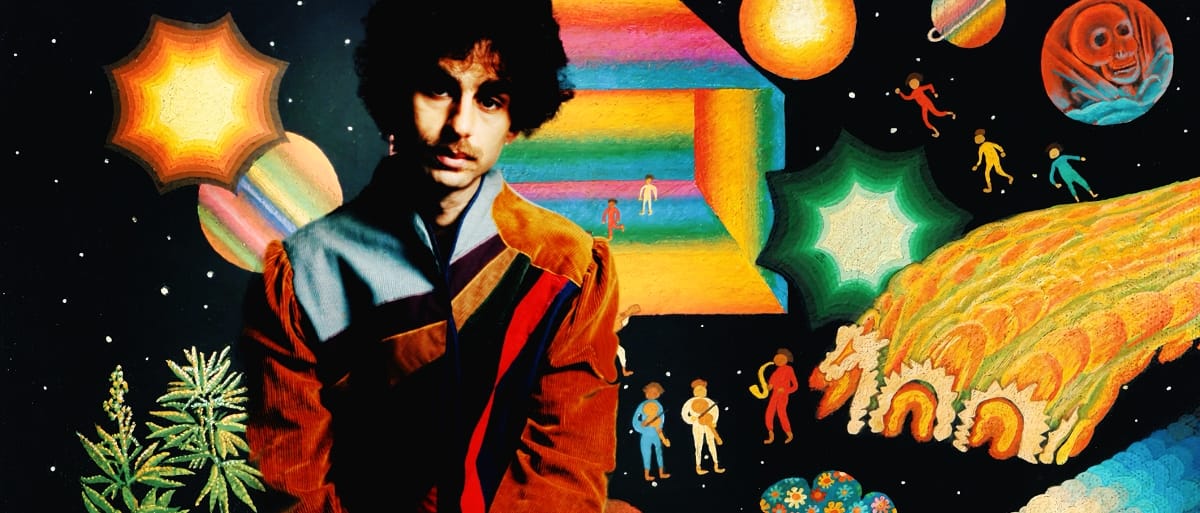
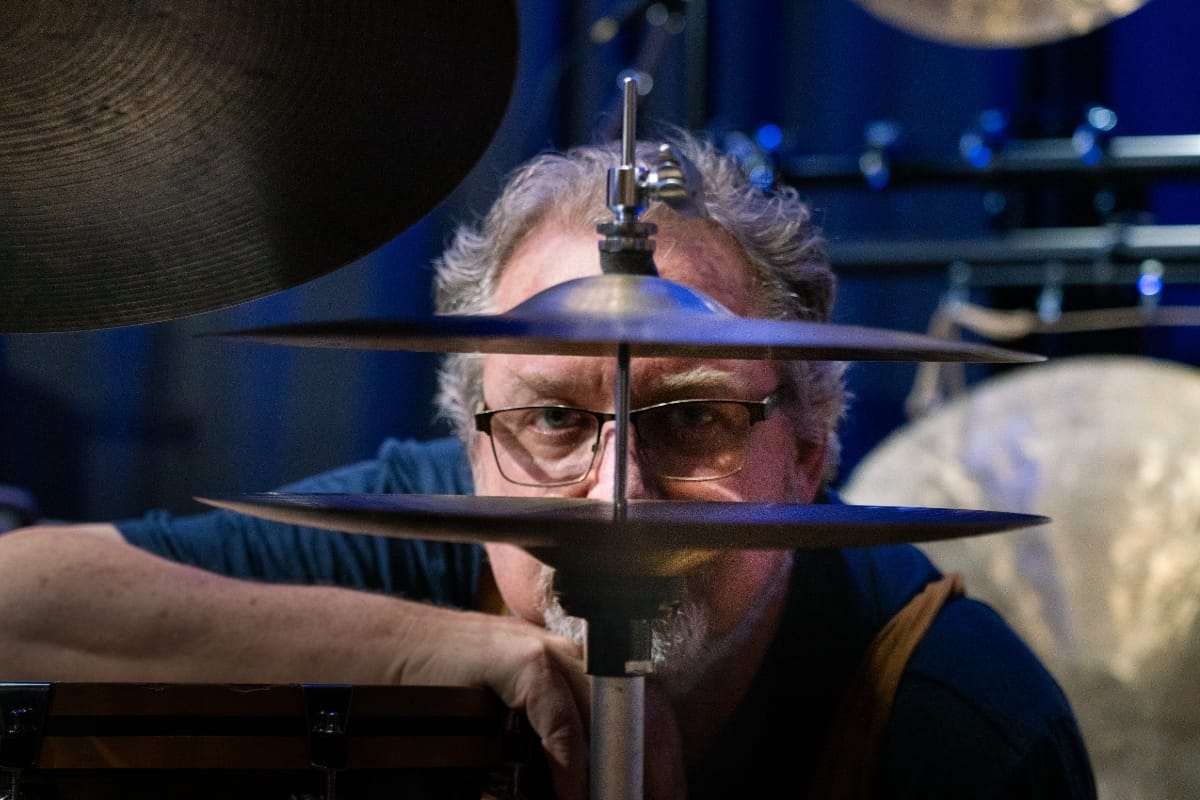
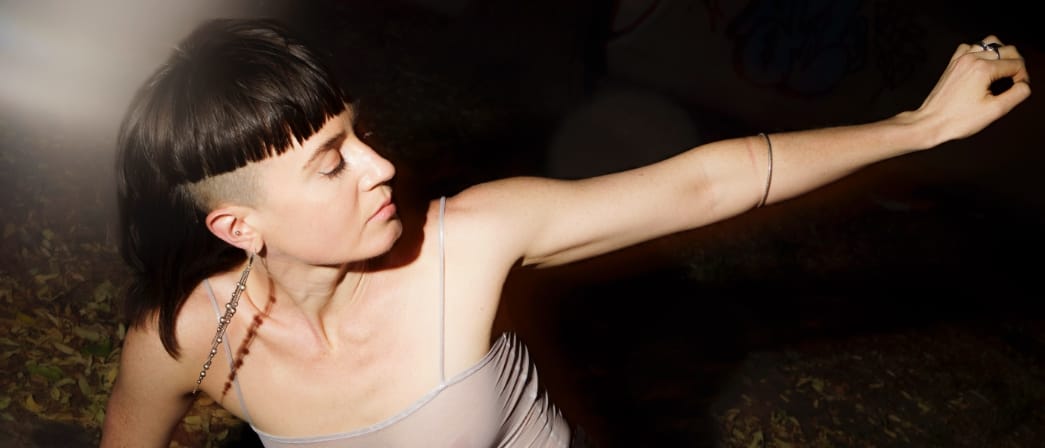
Comments